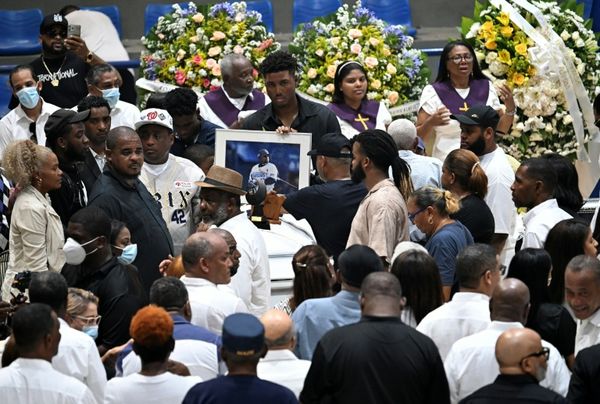The federal government has declared war on feral goats but critics say it's a losing battle in outback Australia while farmers can turn a profit from the pest.
A draft plan released last week examines the impact of unmanaged goats on biodiversity, including what's needed for the long-term survival of native species.
It explores ways of reducing wild goat numbers, found in every state and territory, through predation by dingoes, fencing and baiting.
But the Invasive Species Council says it fails to address why goat numbers have exploded in some areas and links that to the farming of feral goats.
"When there is a commercial incentive to keep feral goat numbers high it's not surprising they remain high and are rising," the council's Jack Gough told AAP.
"While this issue goes unresolved, feral goats will continue to be an environmental disaster in rangeland environments."
Commercial harvesting of rangeland or wild goats in NSW was promoted in the 1990s to reduce numbers.
Aerial surveys by the NSW environment department estimates feral goat numbers jumped in that state from 532,145 in 1999 to just under five million in 2020.
Industry figures show the rangeland goat is the major source for the goat meat processing industry, accounting for about 90 per cent of production.
In 2022 ABARES found Australia processed 1.7 million goats with most sourced from NSW.
Australia is a small producer of goat meat, but remains the world's largest exporter.
The federal government's plan is open to feedback, but Western NSW goat farmer Katie Davies, who also sits on Australia's Goat Industry Council, has hit out.
"No one's been consulted," she told AAP.
"It seems to me the government really don't understand the goat industry itself, and it's frustrating they've made a decision that will impact farmers without actually speaking to farmers first.
"There seems to be this war on goats with no consultation and no understanding of what graziers and producers do to manage the landscape."
The draft recommends a number of actions to control feral goat numbers across Australia including trialling new baits and using drones and thermal cameras for aerial culling.
It also recommends better data and monitoring so the impact of goats on the environment can be properly assessed.
While the goat industry prides itself for having turned "a pest into a profit," Ms Davies denied that numbers had exploded as a result of commercialising the wild animal.
"Truly not correct, because we're actually removing them from the landscape," the Wilcannnia producer said.
"Has there been some wires crossed in counting of numbers on ground?" she said of the government estimate of 5.8 million feral goats in NSW.
While the goat producer was unable to provide any industry figures, she said there is no recognition of the work farmers do in reducing numbers.
"They're assisting the government in the management of that animal within the landscape and not having the government financially subsidise their removal," Ms Davies said.
"Controlling pests in national parks and fragile ecosystems is incredibly important and industry fully supports that."
An ABARES report released on Tuesday found that feral goats cost landholders $13 million every year.
A spokesperson for the environment department said targeted consultation including discussions with goat industry bodies was carried out during the development of the draft plan.
Submissions will be accepted until February.







